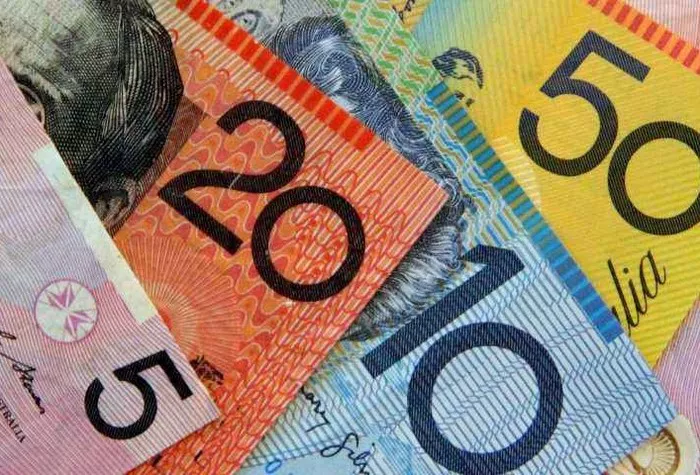The strength of a nation’s currency is a topic of great interest and concern for economists, investors, and the general public alike. Exchange rates play a crucial role in global trade, investment, and economic stability. The Australian Dollar (AUD) and the US Dollar (USD) are two major world currencies, with their relative strengths and weaknesses constantly under scrutiny. In this article, we will explore the factors that determine the strength of these currencies and attempt to answer the question: Is the Australian Dollar stronger than the US Dollar?
Understanding Currency Strength
Before we compare the strength of the Australian Dollar and the US Dollar, it’s essential to grasp the factors that influence a currency’s value. Several key factors can affect a currency’s strength, including:
Economic Indicators: A nation’s economic health is a significant determinant of its currency’s strength. Key indicators such as GDP growth, unemployment rates, and inflation can greatly impact the value of a currency.
Interest Rates: Central banks set interest rates, which can affect a currency’s attractiveness to investors. Higher interest rates in a country tend to attract foreign capital, increasing the demand for that currency.
Political Stability: Political events, including elections and government policies, can influence a currency’s stability. A stable government is generally associated with a stronger currency.
Trade Balance: A nation’s trade balance, or the difference between its exports and imports, can impact its currency. A trade surplus (more exports than imports) can strengthen a currency.
Market Sentiment: Investor sentiment and perception of a country’s economic prospects play a significant role in currency strength. Geopolitical events, market trends, and news can affect how investors view a currency.
Australian Dollar vs. US Dollar
Now that we understand the factors that influence currency strength, let’s compare the Australian Dollar and the US Dollar.
Economic Indicators:
Australia has enjoyed consistent economic growth over the years, but the United States, being the world’s largest economy, has a more substantial GDP and diverse economic base. This factor tends to favor the US Dollar. However, it’s important to note that Australia’s strong ties to the Asia-Pacific region, particularly its trade relationships with China, have bolstered the Australian economy and its currency.
Interest Rates:
The Reserve Bank of Australia (RBA) and the US Federal Reserve (Fed) independently set interest rates in their respective countries. Historically, the US has had higher interest rates than Australia, making the US Dollar more attractive to yield-seeking investors. Nevertheless, the interest rate differential can fluctuate, and in some periods, the Australian Dollar has had a yield advantage.
Political Stability:
Both Australia and the United States have stable political systems, which is generally a positive factor for their respective currencies. However, political events and policy changes can influence currency strength. It’s worth noting that currency markets often react to political developments, both domestic and international.
Trade Balance:
Australia has experienced trade surpluses in recent years, thanks to its strong export sectors, including natural resources and agricultural products. A trade surplus tends to have a positive impact on a currency’s strength. The United States, on the other hand, has a persistent trade deficit, which can put downward pressure on the US Dollar.
Market Sentiment:
Market sentiment is highly subjective and can change rapidly. Factors such as geopolitical tensions, economic data releases, and global events can influence how investors perceive a currency. The US Dollar is often considered a safe-haven currency during times of global uncertainty, which can lead to fluctuations in market sentiment.
Recent Trends
In recent years, the Australian Dollar has exhibited strength relative to the US Dollar. The AUD/USD exchange rate has seen periods of appreciation, driven by a combination of factors. The robust performance of the Australian economy, resilience in the face of global economic challenges, and strong demand for Australian exports have contributed to the Australian Dollar’s strength.
Additionally, the COVID-19 pandemic and its economic repercussions led to extraordinary monetary policy measures by central banks, including the Federal Reserve. These measures, such as lower interest rates and quantitative easing, had an impact on the relative strength of currencies. In some cases, the US Dollar weakened, creating opportunities for the Australian Dollar to gain ground.
Investor sentiment, influenced by various factors, can also affect currency strength. Traders and investors react to news and data releases, creating short-term fluctuations in exchange rates.
Conclusion
In the ever-changing world of currency markets, it’s challenging to make a definitive statement about whether the Australian Dollar is stronger than the US Dollar. Both currencies have their strengths and weaknesses, and their relative positions can shift over time due to various economic, political, and market-related factors.
The Australian Dollar has demonstrated strength in recent years, thanks to its resilient economy, strong trade relationships, and interest rate differentials. However, the US Dollar remains a global benchmark currency and is considered a safe-haven asset during times of uncertainty.
Ultimately, whether the Australian Dollar is stronger than the US Dollar depends on the specific time frame and the factors considered. Investors and analysts must continually monitor these factors to form an accurate assessment of the relative strength of these currencies and make informed decisions in the dynamic world of currency trading and investment.


